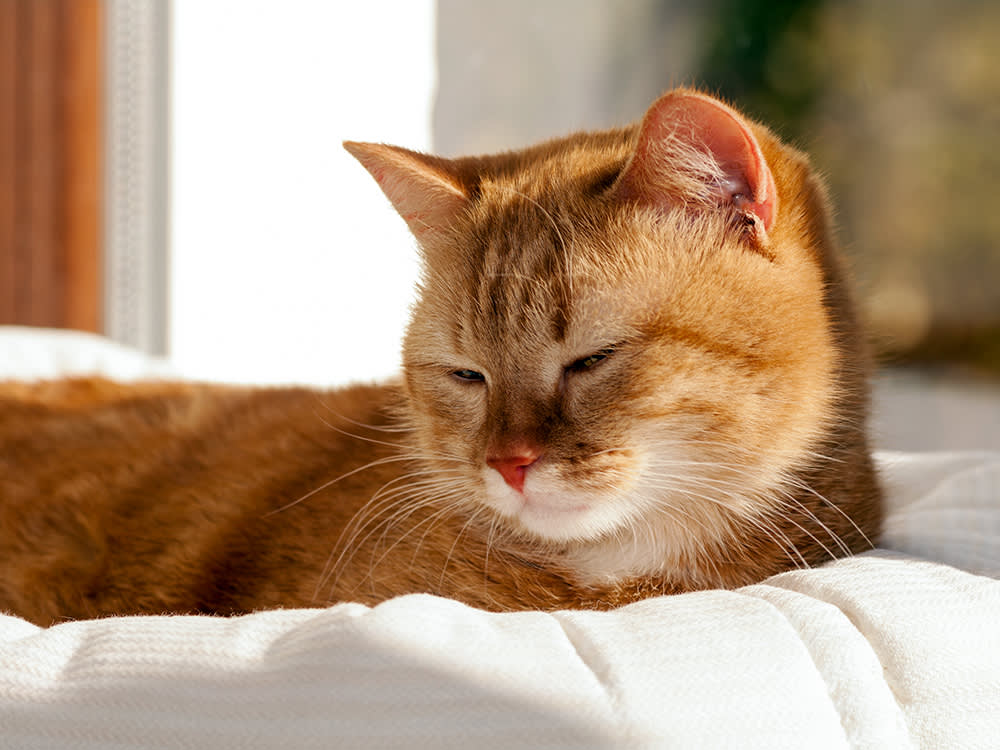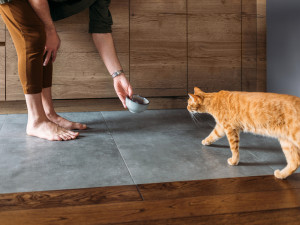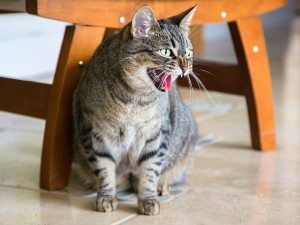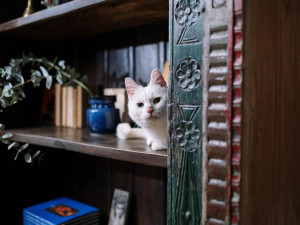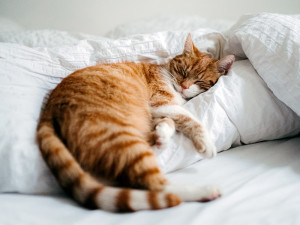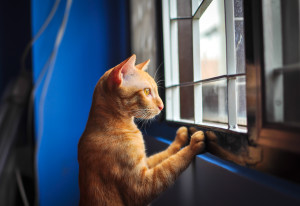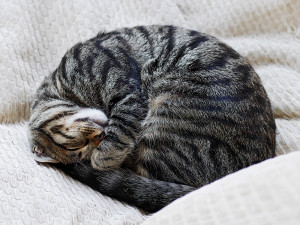6 Ways Your Cat Could Tell You They Are in Pain
Here are all the way your kitty is trying to tell you they’re hurting
Cats frequently hide their pain – as much as you might think otherwise, they aren’t super-dramatic about things that are actual problems. (If you’re five minutes late to feeding them, that’s a different question). However indirect cats are about their pain, you can still spot it through behavioural indicators. One of the biggest signs: changes in behaviour. Any change in behaviour should be taken seriously, and even smaller changes may be important clues that a cat is in pain.
1. Change in sleep habits and low energy
A change in sleeping habits could be a warning sign, as could loss of appetite, not drinking the same amount as before, or keeping their eyes closed a lot. Also keep an eye on them if they are being less playful than usual, (acting disinterested in toys that usually elicit playful responses).
2. Vocalising
Vocalising more or in a way that is unusual for them such as crying, groaning, growling or hissing are also clues. Resisting touching in ways that have previously been welcome is a common sign, especially if the cat objects to being touched in a particular spot.
3. Agitation and personality changes
If a cat suddenly exhibits behaviour that has never been seen before, the reason for the new behaviour could be pain. It’s not unusual for a hurt cat to become agitated, or even aggressive – especially if touched or startled. Sometimes, a cat who is suffering physical pain will uncharacteristically begin eliminating outside of the litter box. That can be because it hurts them to enter the box or because they experienced pain while in there.
4. Licking
Licking a body part consistently may indicate that the area is hurting the cat, especially if the cat didn’t typically lick that area frequently (or at all) until recently. An absence or sharp decline in the amount of grooming behaviour a cat does is a behaviour change seen in cats who are in pain.
5. Hiding
If your cat suddenly starts hiding, take them to the vet to assess their pain. Some cats seek out hiding spots because they are avoiding bright areas. A cat seeking out darker parts of the house over well-lit ones may be doing so in order to stay away from bright lights. Other cats may be hiding to avoid social interactions, which may partially be about avoiding any physical contact. This could also just reflect a desire for rest. Even cats who don’t truly disappear in actual hiding spots may retreat from the family and seek isolation. Such behaviour changes are especially obvious in highly gregarious cats, but subtle changes in social behaviour can be big clues about pain in less social cats, too.
6. Expression of physical limitations
Sometimes, the clues that a cat is in pain involve slightly more obvious changes in behaviour. A general reluctance to move can be a clue that a cat is experiencing pain. The same is true if a cat begins limping or otherwise walking in a way that is odd or with a different gait than before. Keep an eye out if your kitty suddenly has trouble jumping or doesn’t seem to want to jump at all anymore.
In general, any behavioural change, especially if it is sudden, can indicate that a cat is in pain. Most people, including me, consider it fair to say that change and cats have an uneasy relationship. It’s unusual for them to change their behaviour without a reason. That’s why noticing behavioural changes in cats is so important. Spotting the behavioural signs of pain in cats requires careful observation and the knowledge of what to look for. Your cat can’t tell you in words that they’re hurting, but they can communicate the message clearly all the same.
